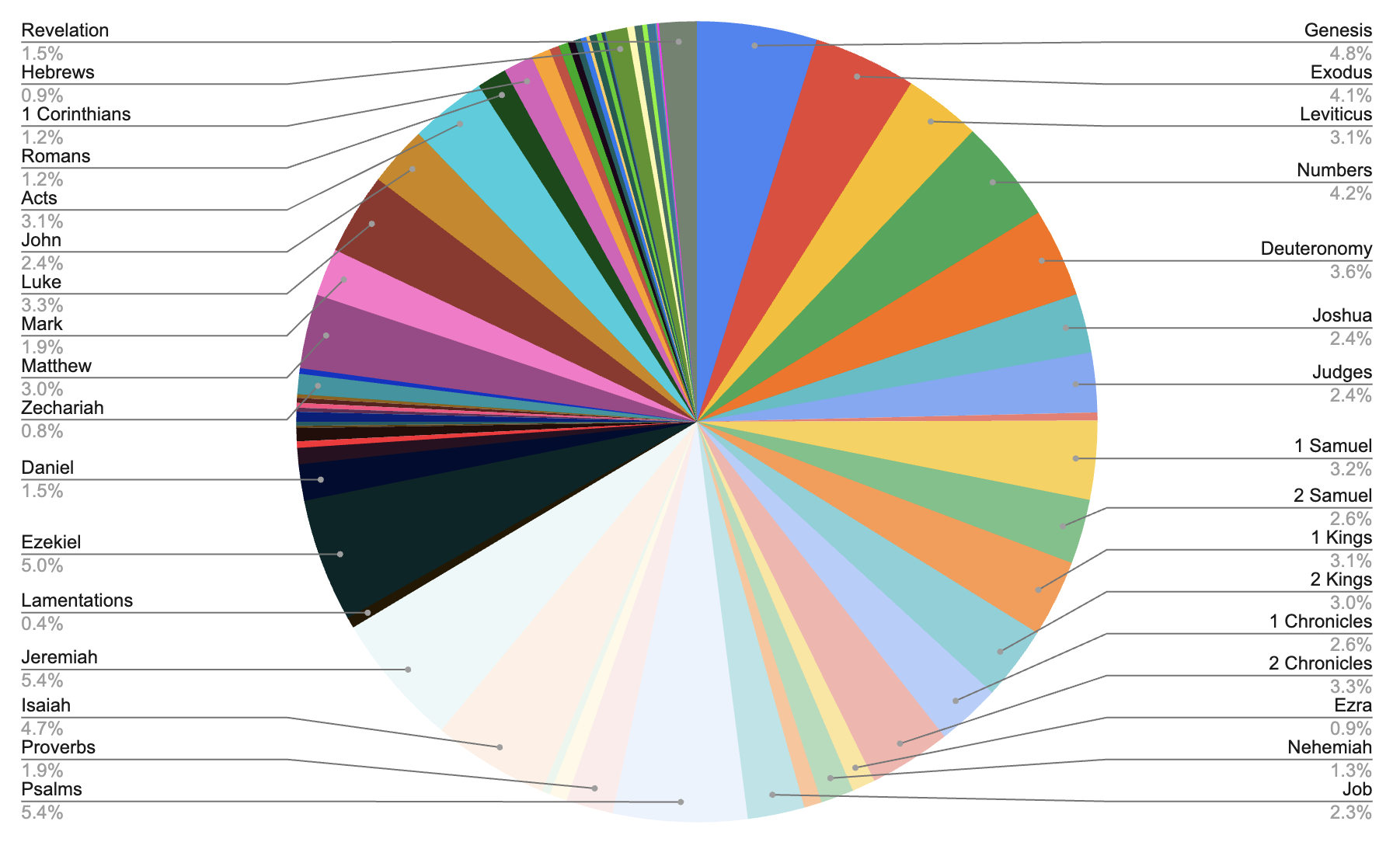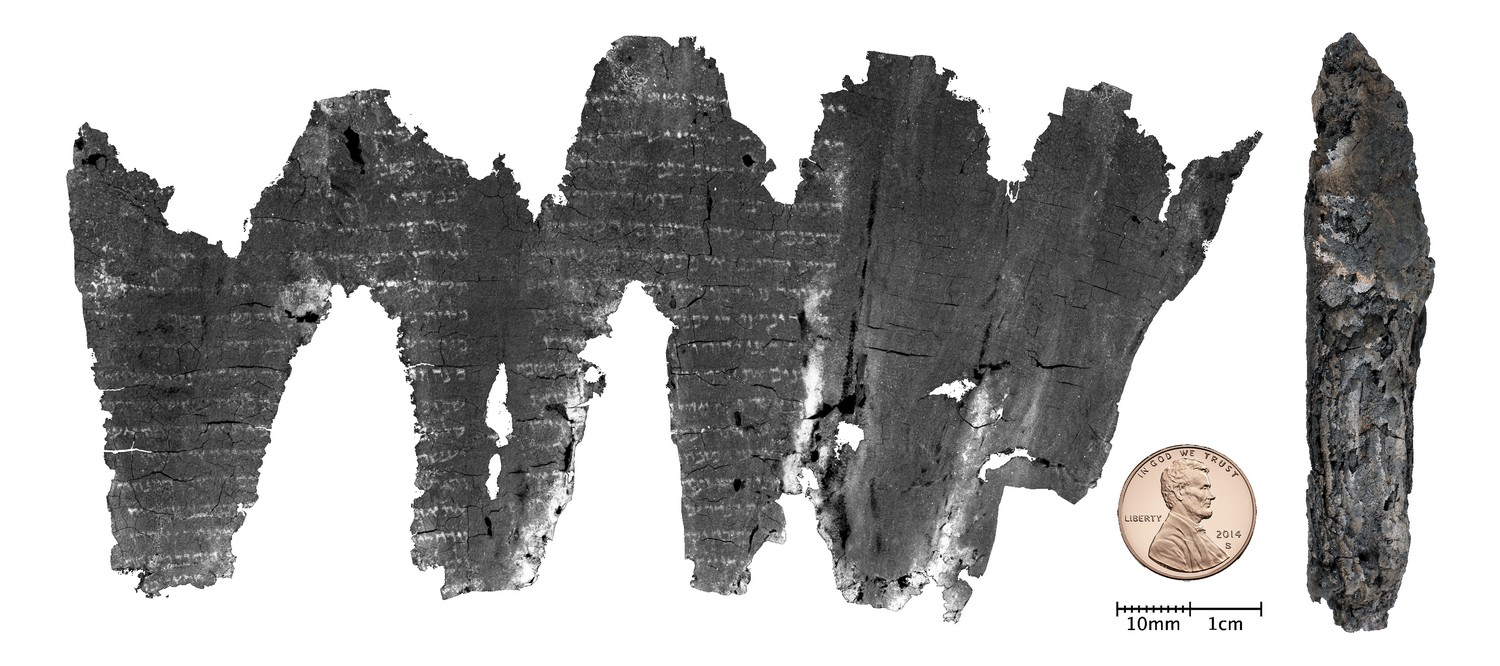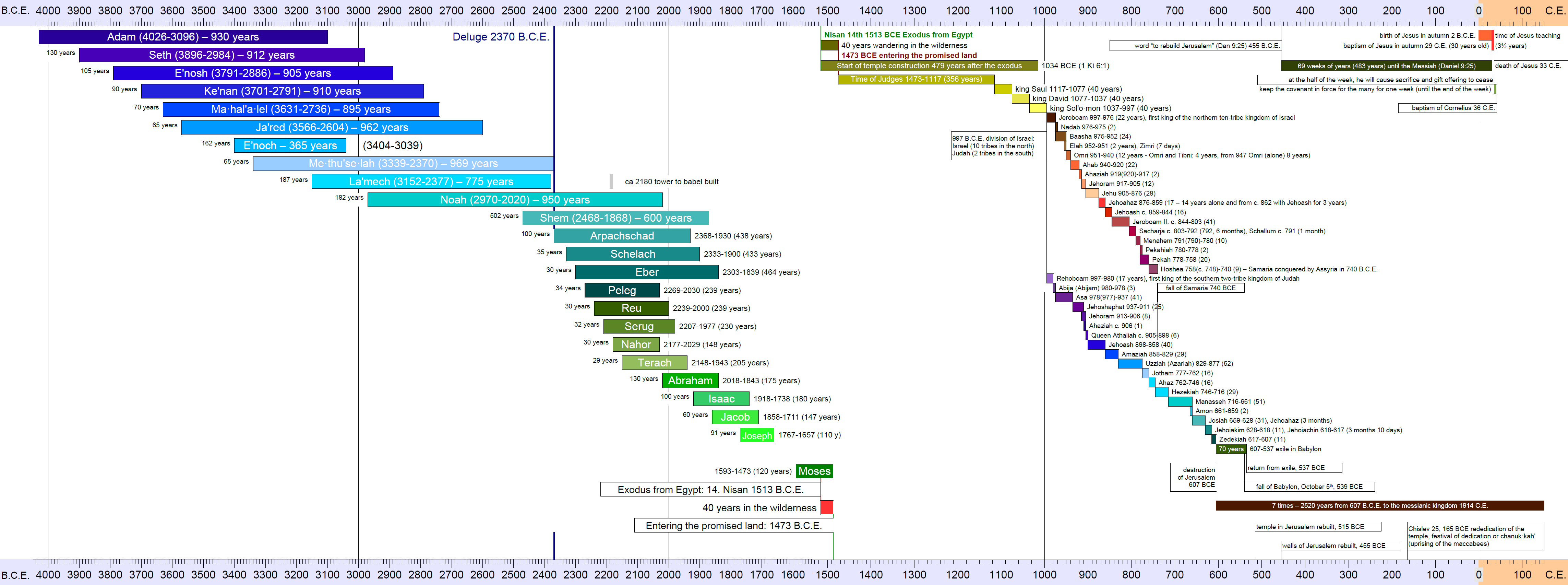study
Study
A compilation and documentation of some highlights from study projects related to the bible.
Reading project
The digital documentation of the reading progress was reactivated on June 10th, 2023. Earlier projects date back to February 2009 and March 1999. Reading (or listening to a reading) of the whole bible started one day later, June 11th, 2023. It was finished by October 6th, 2023. 117 days later. Here is the documented progress.
Genesis, Exodus, Leviticus, Numbers, Deuteronomy, Joshua, Judges, Ruth, 1 Samuel, 2 Samuel, 1 Kings, 2 Kings, 1 Chronicles, 2 Chronicles, Ezra, Nehemiah, Esther, Job, Psalms, Proverbs, Ecclesiastes, Song of Solomon, Isaiah, Jeremiah, Lamentations, Ezekiel, Daniel, Hosea, Joel, Amos, Obadiah, Jonah, Micah, Nahum, Habakkuk, Zephaniah, Haggai, Zechariah, Malachi,
Matthew, Mark, Luke, John, Acts, Romans, 1 Corinthians, 2 Corinthians, Galatians, Ephesians, Philippians, Colossians, 1 Thessalonians, 2 Thessalonians, 1 Timothy, 2 Timothy, Titus, Philemon, Hebrews, James, 1 Peter, 2 Peter, 1 John, 2 John, 3 John, Jude, Revelation

Image above is taken from the project https://kreier.github.io/tripitaka/.
Reading schedules
Of course it is best to have a reading schedule. I tracked down our organized schedules to the 70s. And the pace changed several times. The 2000s say a speed up to completely read the whole bible in 5 years. With the new cycle that started on January 6th, 2020 it is greatly reduced. In 2025, after 5 years, we finished Psalms on February 10th. Thats 628 chapters so far (52.8 % of 1189 chapters) that would have required 2870 minutes (51.7% of 5553 %) listening. With so many highlights in the Greek scriptures to expect I think we’re looking at a 10 year reading cycle that finishes at the end of 2030.
Miracles of Jesus in the Bible
There should be some 30+ miracles. How many to you recall?
- Water to wine (John 2:1-12)
- Heals Simon’s mother-in-law and others (Matthew 8:14-17, Mark 1:21-34, Luke 4:31-41)
- Feeding 4000
- Resurrecting the son in Nain
- Resurrecting the daughter of Jairus
- Healing the flow of blood
- Resurrecting Lazarus (John 11:38-48)
- Healing a leper
- Healing 10 blind men
- Walking on water (Matthew 14:24-33)
- Healing “every sort of diseas and every sort of infirmity.” (Matthew 4:23)
- Feeding 5000
Manuscripts of the Bible
While writing articles in the German Wikipedia in 2008 about
Paleographie
The style of writing letters changes over time and can be used to date a scripture rather precisely compared to C-14 dating. That is one thing I learnd when investigating the different types of scrolls
An example of how this is done can be seen in the analysis of the En-Gedi scroll and the prelimary article about the En-Gedi scroll on archive.org

More about this scroll here: https://archive.org/details/engedi-scroll
A Timeline of human history
Human history graph created in Jupyter Notebook, python and exported as pdf. It is a different repository on github.

last updated: 2025-02-28 00:17:27.664496

